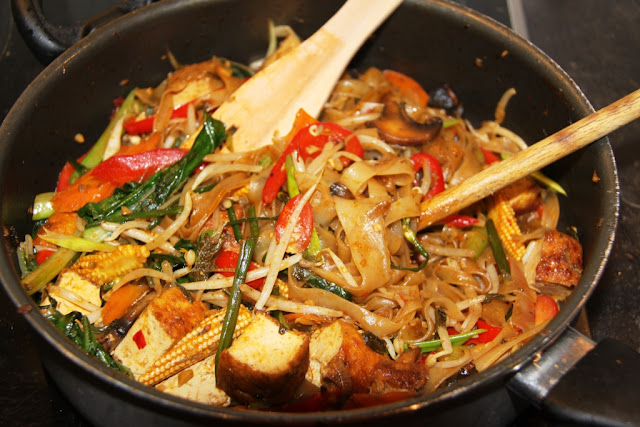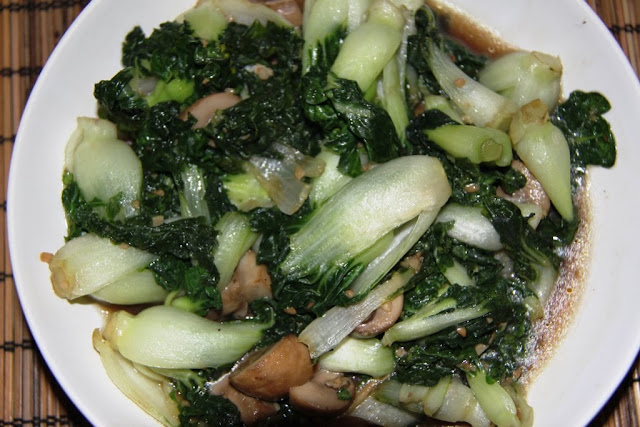The birthday boy, one year to date
In class earlier this week, my professor, in reference to the economic concept of "moral hazards" remarked that the rule of thumb for remodeling was "twice the time, and three times the money." It made me think of the situation I have experienced for the last two months trying to get my internet connection set up at home. Four trips to the Orange sales shop, 1 hour 22 minutes and 35 seconds over the phone and four "rendezvous" with different technicians later, I have discovered that doing business in France is "thrice the time and ten times the heartache". An illustration is in order:
Technician 1: Yes yes yes, I will fix today.
(15 minutes later) Technician 1: Oh sorry, your line is not turned on. You must wait.
Me: How long? I've waited for 1 week already! The man at the shop said 4 days!
Technician 1: Yes, he shouldn't have said that. That is bad. Normally it takes up to ten days.
Ten days later...
Technician 2: Your line is not turned on.
Me: But you said 10 days! See this paper over here (gesturing to Technician 1's report)
Technician 2: That technician is only for installation. He doesn't know anything.
Two weeks later...
Technician 3: Yes, I fix today. For sure.
Me: Thank you! I've waited for so long already!
Technician 3: Yes, no problem.
(Half hour later)
Technician 3: You have a big problem.
Me: What? You said no problem! You said you'd fix it today!
Technician 3: Yes, but now there is a big problem. The problem is outside. So that is not my department. Another technician will come and fix the outside.
Me: When?!
Technician 3: Monday. Tuesday. Maybe.
Needless to say, at some point, I was so frustrated that I had the urge to cut all the telephone lines in my neighbourhood with pliers.
View from Pont Neuf at dusk, Nov 2010
Cooper's birthday dinner
While I've been in Internet exile, of course, time has not stood still. The leaves have since changed colours, and the city has taken on a completely different feel than when I first arrived at the tail end of summer. I have had many wonderful adventures in Paris - discovering new neighbourhoods, finding a pig's head at the market, complete with all its hair, eyes and nostrils, trying new restaurants with friends and having them over for dinner. And yesterday, Cooper turned one. It's hard for me to imagine that it really was a year ago that I first laid eyes on him and knew that he belonged with me, and it's almost impossible to imagine life without "the nipper," though I have to say I would save a lot on stationery expenses (see above of the hijacking of my pencil).
Below is a recipe for a simple and yummy vegetable pie, which I recently made for my friend. It is a meat-free version of cottage pie, if you like. The lentils add texture to the stew and a dash of Worcestershire sauce adds depth to the sauce. Serve this with a simple salad and bread if you like.
Ingredients (serves 3-4)
2 tbs vegetable oil
1 onion, finely chopped
2 celery stalks, chopped
1 large carrot, chopped
2 garlic cloves, chopped
125 g button mushrooms, wiped clean and sliced
2 tbs sundried tomato pesto
2 tsps Worcestershire sauce
1 cup (250ml) tomato passata (sieved tomatoes)
1 bay leaf
1 tbs chopped thyme or 1 tsp dried Herbes de Provence
1 cup (250ml) vegetable stock
400g can lentils, rinsed, drained
800g potatoes, peeled, chopped
100g unsalted butter
1/2 cup (125ml) soy milk for cooking or regular milk
100g grated soy or cheese of your choice
Sea salt and freshly ground black pepper of your choice
Method
Preheat the oven to 200°C. In a large pan, heat oil over medium heat and cook onion for 1-2 minutes. Add celery, carrot and garlic and cook for 1 minute. Add mushrooms, season lightly and fry gently until they have just released their liquid. Add pesto, Worcestershire sauce, passata, bay, thyme and stock.
Simmer gently for 15 minutes until vegetables are cooked. Stir in lentils and season, then transfer to a lightly-greased 1.2-litre baking dish. Meanwhile, cook potatoes in boiling salted water until tender.
Drain and mash. Stir in butter, and milk and season to taste. Spread over lentil mixture and roughen top with a fork. Sprinkle cheese over the top.
Bake for 15 minutes or until bubbling and golden.








































